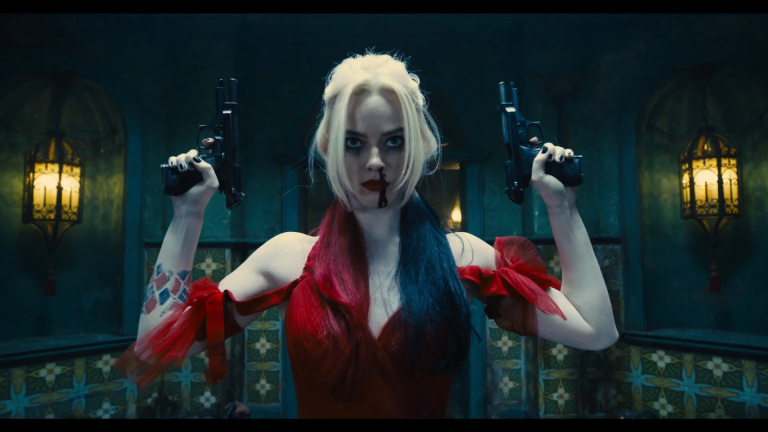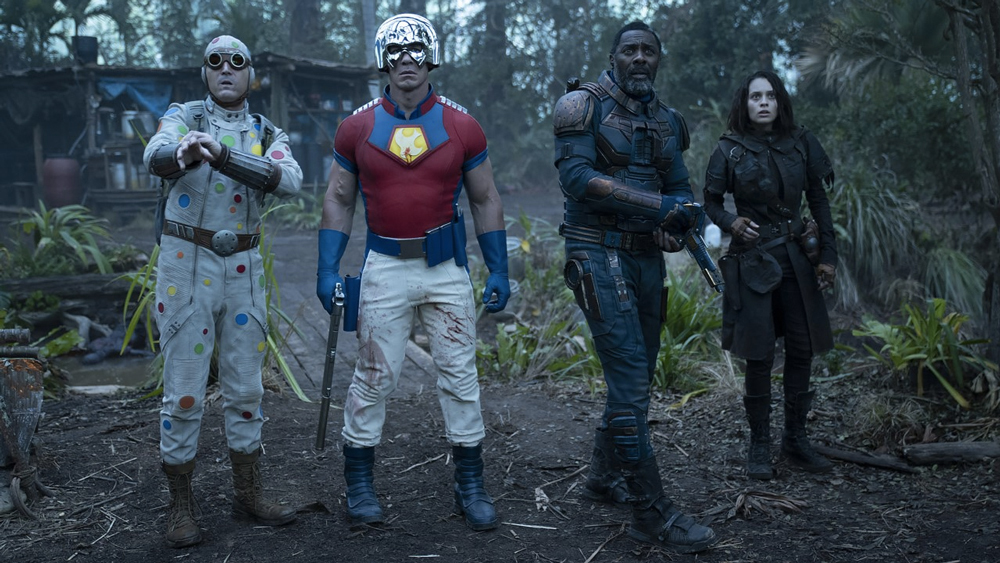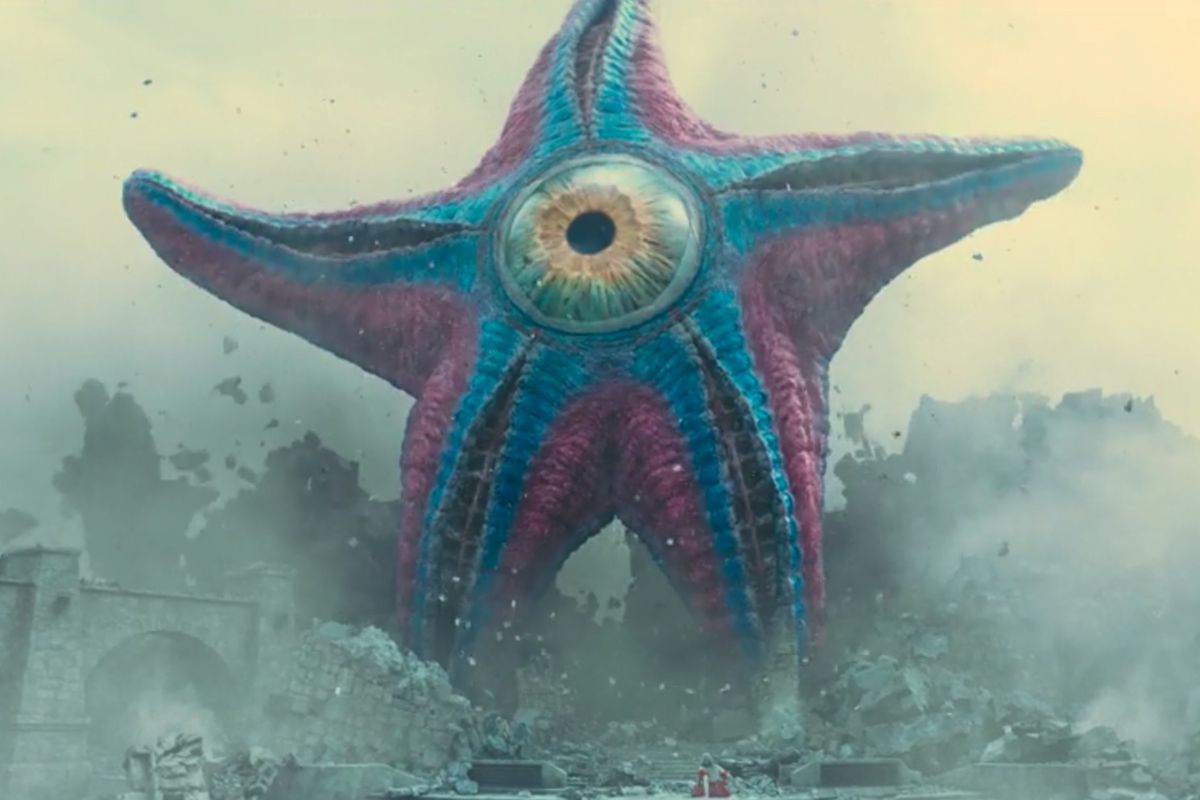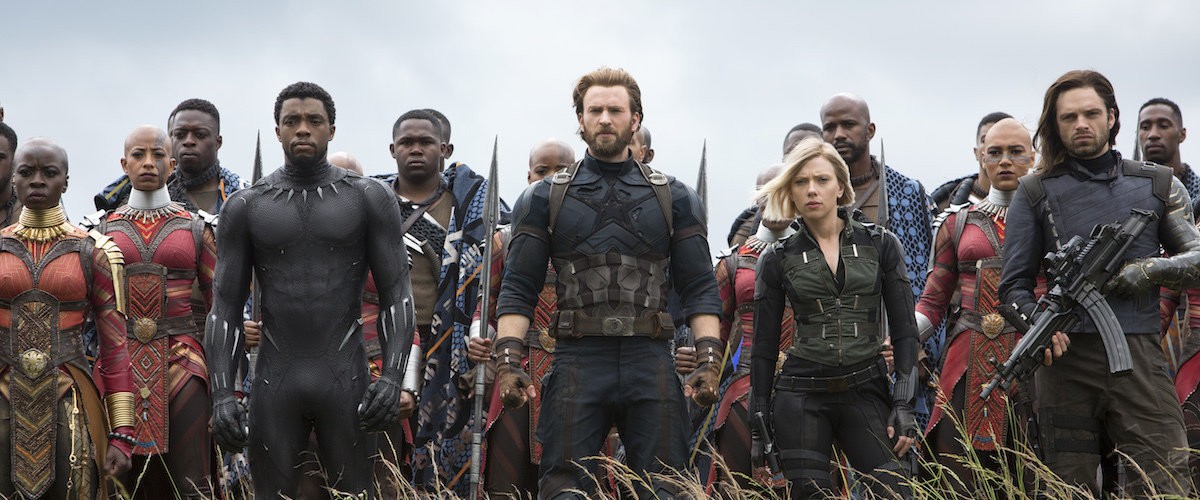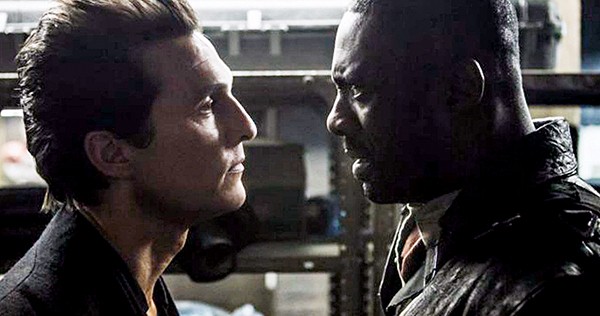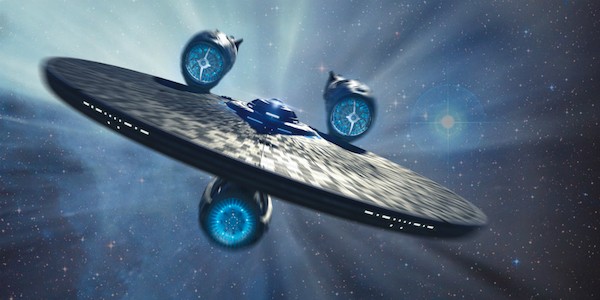George Miller’s Three Thousand Years of Longing attempts to be a master class in the art of film narrative at the end of Miller’s long career, a reflection on his work. Instead, like most movies and human endeavors, it is an exercise in what not to do and shaggy-dog in nature. The story has all the weight of a hummingbird. There are pleasures to be had in its misshapen structure, but they are fleeting.
Lonely asthmatic narratologist (a professor of stories and legends) Alithea (Tilda Swinton) goes to a mythology conference in Istanbul, where she buys a bottle containing a genie, or djinn, in a thrift store. She opens it and discovers Djinn (Idris Elba), who grants her three wishes and heavily pressures her to make them now. Having read every story about djinns, Alithea is suspicious and notes the ill fate of most magic lamp users: “There’s no story about wishing that isn’t a cautionary tale.” The pair hang out in her hotel room and trade tales about their lives, Scheherazade-style. Elba is composed of magical CGI dust — he notes accurately that djinns are not powder but “subtle fire.” The plot is based on the much better The Djinn in the Nightingale’s Eye by A.S. Byatt.
Stories about storytelling put the audience at a precious remove. Everything is in quotes to serve as examples of frequently expounded precepts. (“Mythology is what we knew back then. Science is what we know so far.”) Even the sensory details (the djinn’s bottle pulled out of fish guts, a spear stuck in a horse’s haunch clotheslining a soldier on a battlefield) feel a bit too considered. The stage-bound nature of the sets and CGI add to this, as does the retro fairy-tale treatment given to the medieval Middle East.
Alithea’s love of stories is born of childhood isolation. Her overcompensation then led to her job now, but the problem remains: loneliness. Djinn is a dignified ancient creature who speaks with new-to-English pauses and has red palms and a vermillion dot at the center of his chin. The tension should come from Alithea’s unique preparedness for Djinn’s possible traps, but instead we get some sad tales of random hereditary monarchy succession drama seen from his perspective. The movie is about stories yet does not succeed at that part of them that edges butts on seats.
The real oddity begins when it winds down and seems to be about to end about a half hour before it does. It posits that the march of science, from Einstein to the ubiquity of media and communication, now is at odds with myth-making and therefore storytelling, as myths were ways to explain the world, giving gods quarrelsome attributes as placeholder explanations for what science lacked. There’s a whole scene devoted to the djinn’s bottle being X-rayed by airport security and fear over the damage.
Myth and science can coexist. The universe is unexplored. You and I will rot beneath the ground before humans know half of what there is to know. Our opposing capacity for irrationality is boundless. The film’s suggestion (via Djinn’s allergy to contemporary Britain with its “raucous air” filled with wireless signals) that modern tech is killing our imagination makes sense insofar as social-media manipulation might have added to the xenophobia of Alithea’s racist neighbors, but only there.
Wonder positioned against science as something to be traded off in return for learning about how the world works is always silly. (The Sandman’s recent adaptations of Neil Gaiman’s Hob Gadling and “A Dream of a Thousand Cats” stories are much better intersections of the mythological and modern.)
Life is more unpredictable than stories, and it’s a Luddite impulse that shuts out advances, rather than addressing their positives and negatives. The film does have Djinn witness brain surgery and the Large Hadron Collider, and it does compromise in a realistic way with Alithea’s intense need for love, extending via a series of fade-outs past a fairy-tale ending into a more regular one, a romantic compromise emphasizing consent. It’s just that those fade-out segments have the narrative consistency of melted butter, the coherency of a mumble, and are gone from the mind as soon as seen.
Three Thousand Years of Longing
Now playing
Multiple locations

